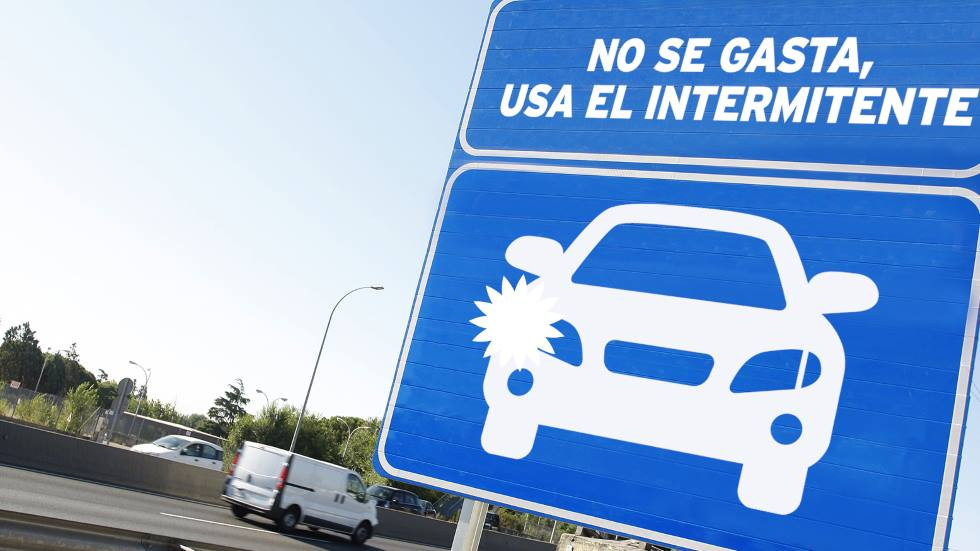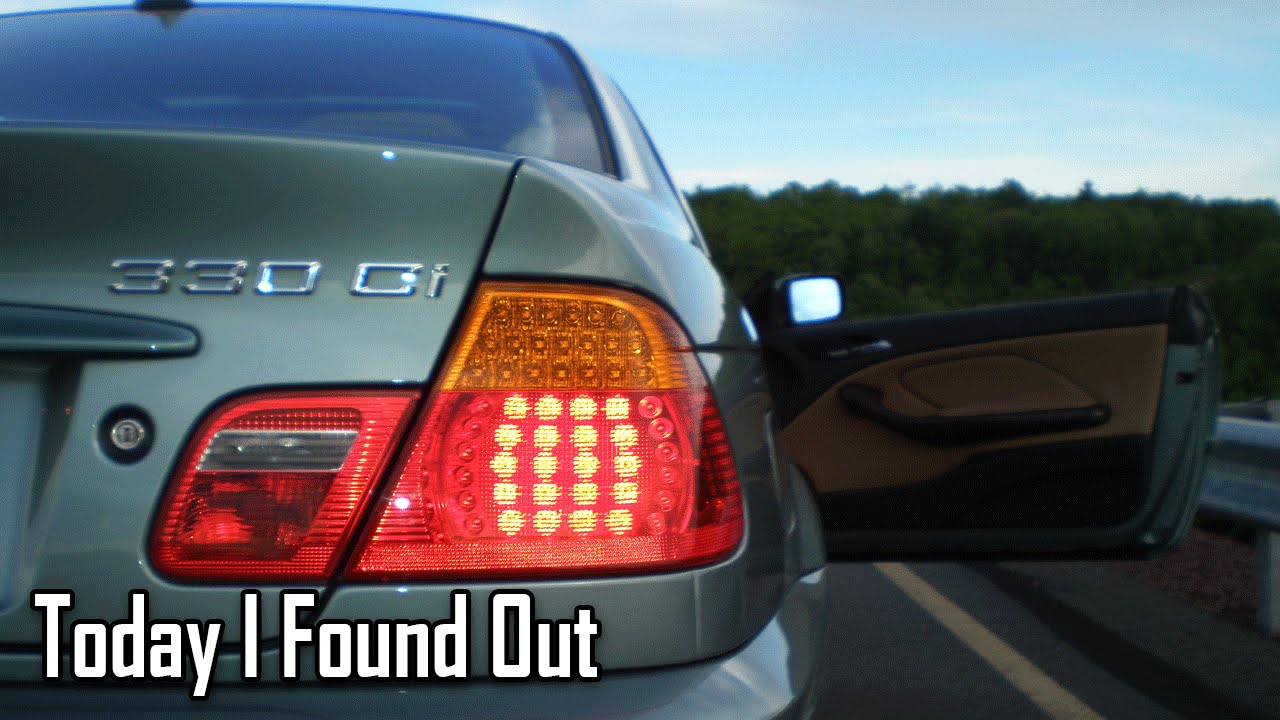Take note those of you who have forgotten the art of indication!
Indicators, more commonly referred to as by the Spanish as flashing lights have a role in driving, which is none other than to inform other drivers of a manoeuvre you will be making . We all knew that.. didn’t we? 😉
The functions that the turn signals fulfill when activating them are the following: to turn, to change lanes, direction, direction, to overtake, to make a stop … Activating the turn signals is the only way to communicate to other motorists about your intentions , so its activation is vital to avoid an accident .
All motor vehicles must have indicators . Not activating them while driving is classified as a fine, as stated in the General Traffic Regulations . In the event that for some reason or technical unforeseen the indicators fail (one of the bulbs is burned out), the driver must indicate with hand signals- as cyclists do (sometimes!) – to other users of the road.
THE FINES FOR NOT USING THE INDICATORS WHILE DRIVING
Failing to warn other drivers by indicating your manoeuvre, that is, not activating the turn signals when appropriate, is classified as a fine in the General Traffic Regulations . This regulatory code explains that a financial penalty of 200 euros will be imposed on those users who carry out a manoeuvre without using any type of optical signal (that is, without using the indicators) .
In the event that you signal wrongly or wrongly activate the turn signals (give the left turn signal and make a right turn, for example), the General Traffic Regulation also includes a fine of 80 euros for this type of error , the same sanction in the event that you activate the indicators too late or without sufficient notice to safely notify the vehicles behind you.
HOW, AND IN WHICH CASES THE INDICATORS MUST BE USED
If you intend to carry out a change of direction and another type of maneuver, you must signal it with enough time and always with basic safety rules . When you intend to make a turn, for example, before activating the turn signal you must use the RSM (rear-view-mirror) safety rule , that is, you must first observe through the rear-view mirrors that you can safely manoeuvre and then activate the turn signal .
These are the cases in which the indicators of the car must be used :
- To change direction .
- To change lanes .
- To overtake : the turn signal stays activated until you complete the entire manoeuvre that is, until you return to the right lane.
- To exit a roundabout or roundabout : at this point, we recommend that you read the following article: The DGT reminds you how to correctly circulate on a roundabout .
- To make a stop or to indicate your intention to park .
- To join traffic : to join the circulation of a main road after being stopped from a street or when leaving an online parking lot or to join a fast main road such as a motorway or a motorway.
- To leave a fast track (highway or motorway).

Keep up with news from DGT and other traffic related information with Helga The Oracle, via her Blog here
Cover Photo: Laughing Squid


